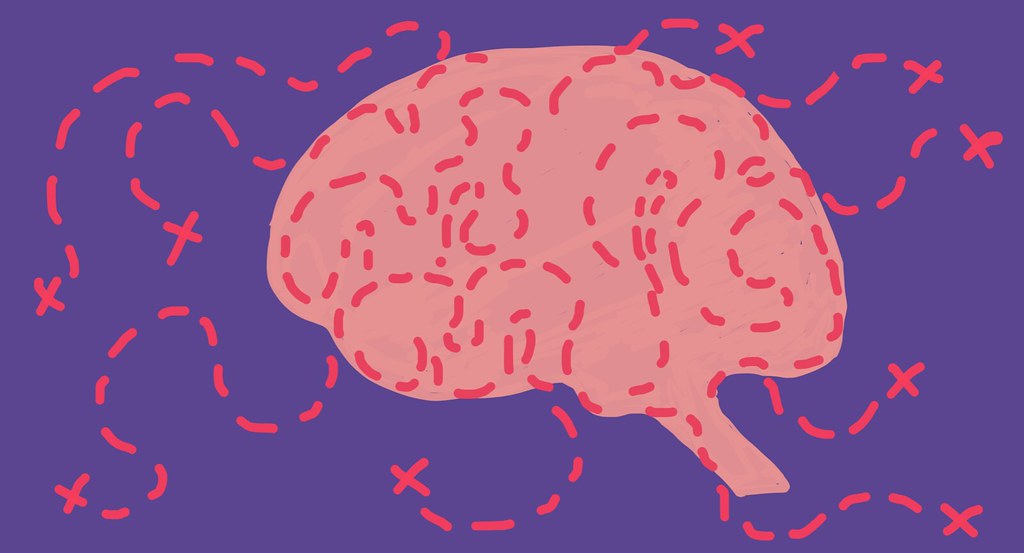What Travel Does for a Designer's Mind

While traveling for personal means, I believed my underlying purpose was to identify unknown inspirations. Documenting various exotica like the the walls of Buda Castle, findings in Turkish bazaars or colours of Malta seemed like a designer’s off-hours requirement. My days carrying DSLR cameras as if I were a documentary photographer fell out of favor when collecting image trinkets rendered little satisfaction. After 25 countries, I discovered how travel strengthened my design mind in ways larger then a high resolution photo.
Personal travel is one of the best ways to test your comfort levels, improve your mental flexibility and build your authentic archive in the wake of exploration. Like many, I started traveling extensively before I even knew why I traveled or how it affected my design practice. Eat, survive, travel - those were my instincts. Only during a recent trip to Dahab, Egypt with only a Kindle and Internet speeds reminiscent of dial up, could I consider the relationship between travel and design thinking.
Now, there are better and more extreme travelers out there, but I do constantly test my comfort levels and approaches to travel. Doing this serves as a needed reminder that I do not know everything…yet. Physically doing something, whether its traveling to Florence or trying scuba diving in Egypt, keeps my mind flexible, outlook open and perspective receptive. Pushing aside the uplifting bit, shit happens while traveling and you need to stay collected and alert to get through it.
Designers, much like journalists, are some of the most culturally aware people on the planet. However, we are still threaten by complacency. This is a disease that frowns on starting new projects, learning emerging technologies or discovering new music. It’s a lethal mix of routine, comfort and demotivation that can debilitate anyone. Travel performs some intense yoga on your design mind. Getting out there reminds us that times, places and people are constantly changing and it’s a shame not to keep up with it.
Now, it’s comfortable in front of a computer. Almost too comfortable. We can sometimes forget the mental flexibility required to do our jobs. At work, I am constantly asked to change direction or to start something new, even when it’s just not my day. We need to train ourselves to trust our performance, regardless of how we feel that day. Much like professional athletes, strengthening our skills while stretching our perception prepares us for such moments. Side projects, hobbies and sports can provide these lessons as well, but travel creates an experience that builds a robust brew of visuals in route.
Whether you design kids’ footwear or a product more directed to your tastes, the more we experience, the larger our authentic archive. An authentic archive contains images and stories enriched by personal experience. Traveling to unfamiliar cities or your dream country presents a thought-provoking catalogue only accessible when at your most vulnerable. Your time ticks and steps wonder at an irregular pace in unfamiliar territories. But those uncertainties, surprises and discomforts soften you up for design inspirations and solutions.
But wait, who needs to travel anyways? A lot of times, all that is right in front of us. Google Maps shows us Rome’s streets for a milli-fraction of a plane ticket price; Instagram feed us highlights from a local music scene; and bloggers snap street style photos for us. History books teach us the past, while the media offers information on the present. We could all just stay home in our beds until hunger pushes us enough to step into civilization for groceries.
Travel and design are both a privilege. Full stop. As designers, turning a notion into a product is the thrill of the plunge. We get to translate a language owned by none but accessible to all. Only through us can a canyon landscape become colour inspiration for a footwear collection or Parisian architecture facades translate into material weaves. If those images come from our own authentic archive, a conductor point is established. This makes the project more meaningful. Even if we are designing for a brand or particular consumer, our personal imprint on a product is unavoidable and shaped by experience.
I must admit, I spend more hours on the Internet then traveling. It hurts. My attention span shortened like everyone else’s over the last five years. But travel reminds me its okay to let go of over-abundance, whether its in information or comforts. When I’m out there, wherever there is, it’s freeing. Even relaxing during the most chaotic of times. Let travel be that place to test yourself and perceptions. You’ll not only be a better person, but also stronger designer from it.